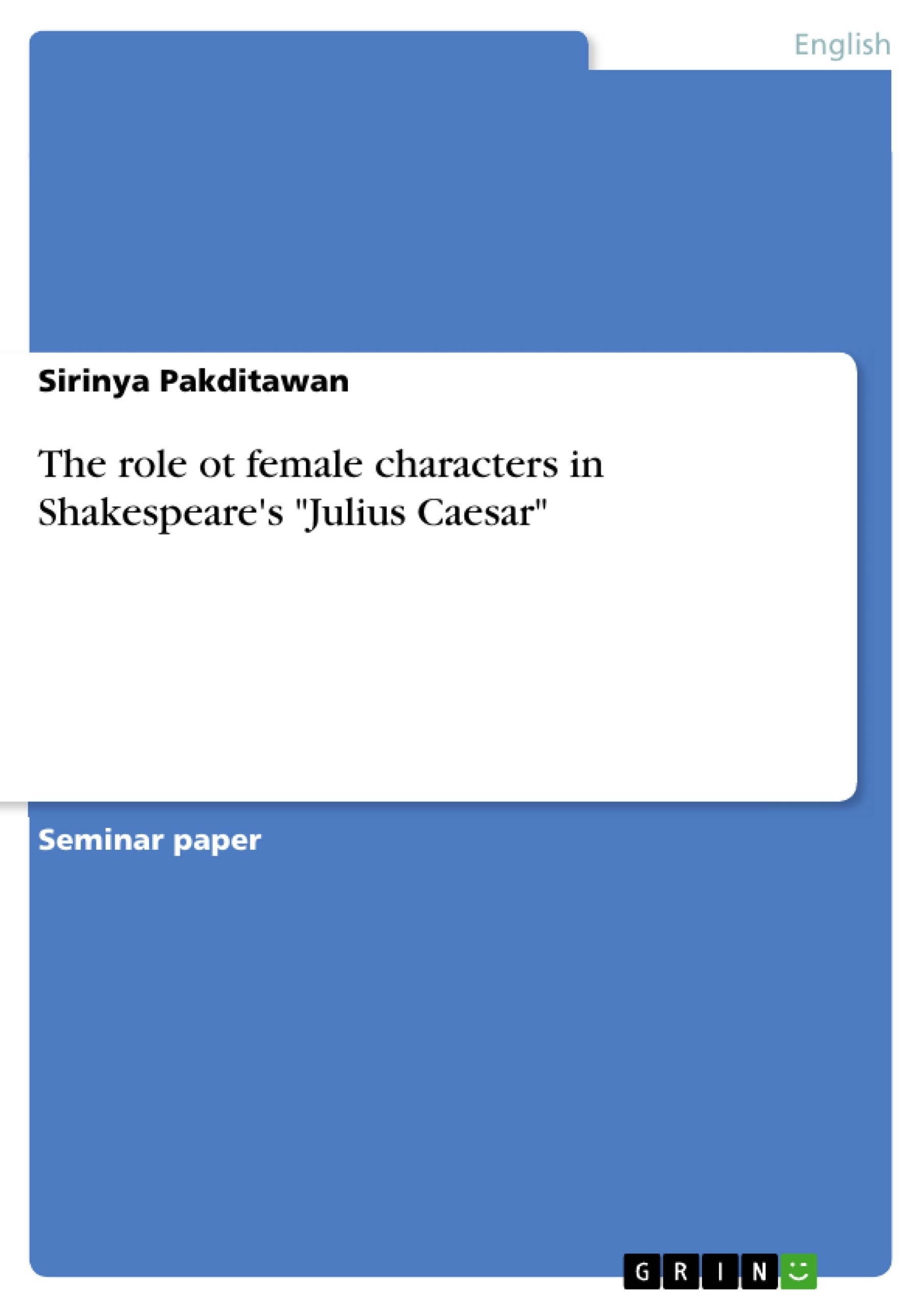In 1599, when William Shakespeare’s Julius Caesar1 was first performed in the New Globe Theatre, Elizabeth I was an elderly monarch with no legitimate heir. She had neither a child of her own nor a named heir. Hence, the people of England worried about succession. They were aware of the power struggles that might take place when men vied for the throne of England. What is more, people also feared the violence of civil strife. Thus, it is not surprising that the theme of Julius Caesar was relevant to their concerns, even as the content of this play drew on and adapted ancient history. In 44 BC, Rome was at the very centre of an expanding empire. The city was governed by senators; nevertheless, their politics were plagued by in-fighting. The true glory and strength, however, belonged to famous generals like Caesar and Antonius. What is more, a new group, the Tribunes, had entered the political field. After a hard-won battle, the working class of Rome, the plebeians, had elected these men as their representatives and protectors. Hence, the return of triumphant Caesar and his aim to centralize power went against the grain of the decentralizing that was taking place. Such a setting was fraught with the makings of dramatic conflict – in many respects, as we will see.
Table of Contents
- Introduction
- The Portrayals of Portia and Calphurnia in their Marriage Relationships
- The Marginal Role of Women in Julius Caesar
- Portia - Brutus
- Calphurnia - Caesar
- Summary
- Bibliography
Objectives and Key Themes
This essay examines the function of female characters in William Shakespeare's "Julius Caesar," focusing on the marriage relationships of Portia and Calphurnia. It aims to analyze the marginal roles of women in the play, highlighting the dominance of a masculine patrician culture.
- The marginal role of women in a male-dominated world
- The portrayal of marriage as a tool for political kinship alliances
- The critique of a masculine heroic ethic that leads to Caesarism and civil war
- The relationship between gender characterization and political ideology
- The influence of feminine characteristics on male characters
Chapter Summaries
The introduction explores the relevance of "Julius Caesar" to the political climate of Elizabethan England, highlighting the themes of power struggles, succession, and civil strife. It also discusses the play's exploration of male leadership, contrasting Roman tradition with the characters' loss of unity and integrity.
The section on Portia and Calphurnia focuses on their marginal roles in a male-dominated world. Both women attempt to influence their husbands' actions but are ultimately powerless figures, serving as symbols of the private, domestic realm. The play's portrayal of marriage is critiqued as prioritizing political alliances over personal needs.
Keywords
The key themes and concepts explored in this essay include: female characters, marriage, gender roles, masculine patrician culture, political ideology, Roman society, Shakespearean drama, "Julius Caesar," Portia, Calphurnia, and the marginal role of women.
- Citar trabajo
- Sirinya Pakditawan (Autor), 2002, The role ot female characters in Shakespeare's "Julius Caesar", Múnich, GRIN Verlag, https://www.grin.com/document/186200



